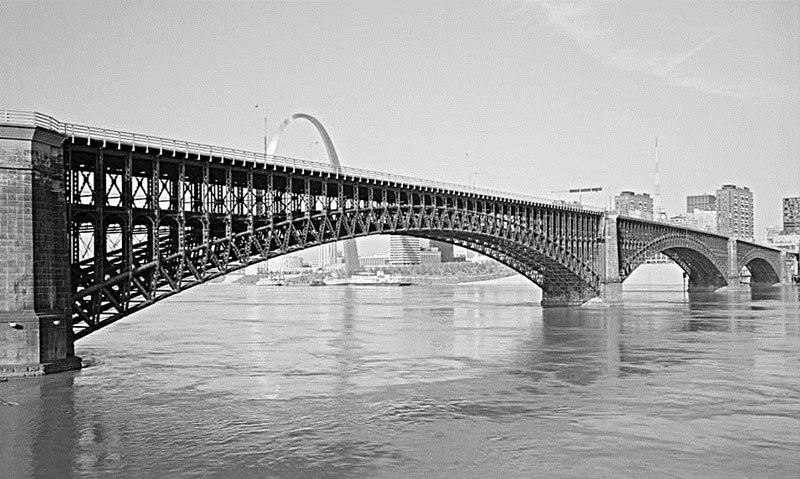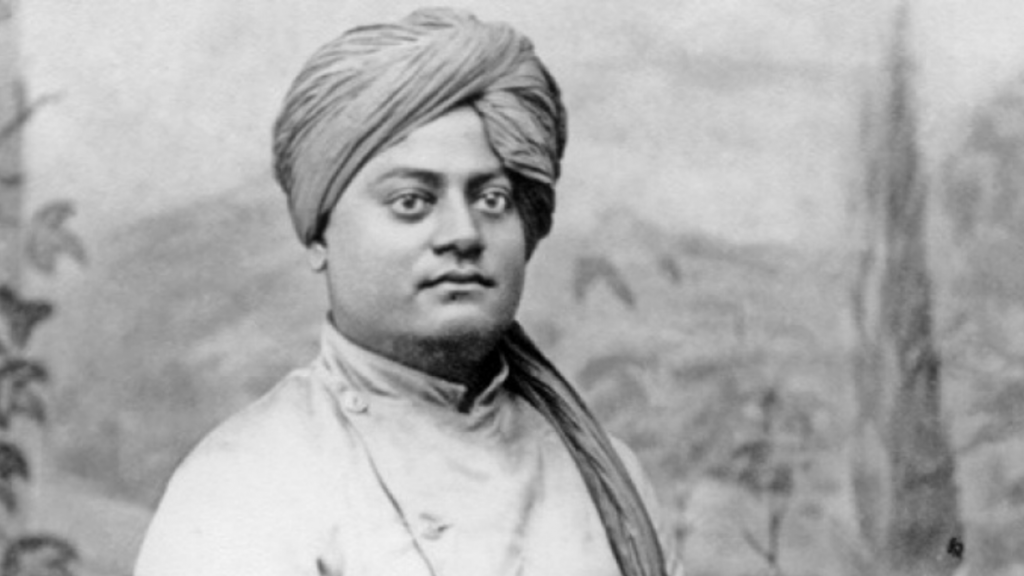Well to be inspiring and successful in life, apart from striving hard & pertaining till the end, its also equally vital to read about the magnate people & infer the strategies from their lives. As said in quotes, “An intelligent man is one who learns from his mistakes! A wise man is one who learns from other’s mistakes!”. The failures, struggles & the triumph of the great people would drive a lot in younger minds’ ‘pursuit of success’, psychology says. This blog, is to impart a motivating thought to the readers’ mind through the life-story of ANDREW CARNEGIE, an Industrialist, Business-Magnate & Philanthropist of U.S.!
20 Points on Andrew Carnegie: A Revolutionary Steel tycoon & Philanthropist
- Andrew Carnegie was a Scottish-American Steel tycoon, Business Magnate and Philanthropist in the Gilded Age of US (1860-1900). Carnegie is considered one of the richest men in America’s history & a iconic philanthropist who contributed 90% of the wealth to the society & people valuing $350 million (worth $65 billion, as of 2019).
- Andrew Carnegie was born in Scotland on November 25, 1835 to a flat broke weaver’s family. Carnegie was brought up in a free school, in Dunfermline. The family had a little wage & more notion on learning & education for the child. George Lauder Sr., uncle of Carnegie suggested & drove him to the writings of great Scottish poets, like Robert Burns.

- When Carnegie was 13, his handloom weaving father found no sources of income & his mother started to hustle as a cobbler and selling potted meats. The country was in starvation & the famine knocked the doors of Carnegie’s family. The family then decided to move to Allegheny, a growing Industrial city in 1848.
- Failing again to sell their family products, Carnegie’s father & himself joined a cotton mill. Carnegie served as a bobbin boy (assistant for women in weaving industries) there, in 1848 for $1.2 / week, working 12 hours/day for 6 days, a week. Soon after, his father quit the job & removed him as a breadwinner (family-head). Carnegie then got $2/week at a new tiring & irksome job, he recalled.
- At his 14th age, he joined as a telegrapher at Pittsburgh in Ohio Telegraph Company, for $2.5/week. Carnegie was diligent & soon able to glean locations and faces of Pittsburgh businesses. Telegrapher post gained him many connections for his future hustle. He soon promoted to an operator. In the meantime, Colonel Anderson’s library of 400 volumes of books was ushering Carnegie to the odds of success. He was a good hustler and fortuity-picker that made him to be called “self-made”.
- In 1853, Carnegie joined as telegraph operator in Pennsylvania Railroad of Thomas. A. Scott, a life-changer of Carnegie. He worked for $4/week. Seeing the young energetic hard-worker, Scott guided him to have invest $500 in Adams Express in 1855. Carnegie was incited and cash in on the $500, through mortgage of his home. This investing encounter brought him close to Scott & Railroad’s president John Edgar Thomson.
- Scott conated Superintendent berth of Western division of Pennsylvania Railroad to Carnegie in 1859. It gained him $1500 annually & put in his younger brother Thomas as his assistant & cousin Maria Hogan as telegrapher.
- His contributions to Civil war of 1860-1865 are as a telegrapher, and opening the rail lines. Through that, he got familiar with many faces of the involvers. Carnegie didn’t drop even a single claim that would raise his standard.
- Andrew Carnegie was one of the early investors of Columbia Oil Company in Pennsylvania in 1864, which returned $1 million dividend in a year. Carnegie saw red-carpets to iron products, which whipped up to shift his attention to establishing Keystone Bridge works and Union Ironworks. He used his contacts with Railroad faces for his Keystone Bridge contracts.
The secret of success lies not doing your own work but in recognizing the best person to do it!
- Carnegie then devoted to start a steel industry and made a revolutionary industrial impact through two of his steel production’s strategy, they are: employing Bessemer process of steel production with pig iron (high carbon content) that resulted in cheap & mass production of steel efficiently for railroads. The second is the vertical integration of all raw materials. These two views made Carnegie Steel to be the largest manufacturer of pig iron in the world with 2000 tons of load/day.

- In 1883, Carnegie bought his rival Homestead Steel works and paved every possible way to expand his empire of industries. He incorporated all of his ownings to “Carnegie Steel Company” in 1892. The Carnegie Steel Company includes:
• J. Edgar Thomson steel works in Braddock • Pittsburgh Bessemer Steel works’ • Union Iron Mills & Union Mills • Keystone Bridge Works • Hartman Steel Works • Frick Coke Company • Scotia ore mines • Lucy Furnaces
- Carnegie was so charm, had a good business prospect and literary knowledge which feathered him many social meetings that he exploited to the optimum for his business.
- Keystone Bridge works supplied steel for the Eads Bridge project across Mississippi River, in which Carnegie owned shares and was a proof-of-concept for the emerging steel technology. It drove many steel-based projects.

- In 1901, turning 66 of age, Carnegie decided to quit the business & start working for the society & people. He sold the Carnegie Steel Company to J.P.Morgan, American financier and banker for $303,450,000. The company then be called as United States Steel Corporation that valued $1 billion market capitalization for the first time in history of world.
- His off-business life marked him an idol to be a good human. After his retirement, he devoted his life to be a philanthropist. He funded 3000 public libraries, 7000 church organs and to University of Birmingham.
I propose to take an income no greater than $50,000 per annum! Beyond this I need ever earn, make no effort to increase my fortune, but spend the surplus each year for benevolent purposes! Let us cast aside business forever, except for others. Man must have no idol and the amassing of wealth is one of the worst species of idolatry! No idol is more debasing than the worship of money! _ Andrew Carnegie

- Carnegie financed an unprecedented sum of $10 million for the Universities of Scotland. He also provided the pension funds for the former employees at Homestead and American college professors in 1905, wherein the later funds evolved into TIAA-CREF.
- He authored “Triumphant Democracy” in 1886 and “Gospel of wealth” in 1889, which were the books on social subjects of a human and responsibilities of a great wealth respectively. Triumphant Democracy created many controversies as it criticized the British Royal family, despite inspiring the Americans on the nation’s economic process.
- Andrew Carnegie decided to not marry till his mother’s death, to care her. Later after her death in 1886, he married Louise Whitfield. The couple had an only daughter named after Carnegie’s mother “Margaret” in 1897.
- Andrew Carnegie leading a prosperous life to himself & to the society, passed away on August 11, 1919 in Massachusetts, diseased by bronchial pneumonia. Before his death, his gross donations to the people & society accounts to $350,695,654 ($65 billion as of 2019).
- Andrew Carnegie’s precept of life & living was:
- First Third of Life – To get all the education & knowledge one can
- Second Third of Life – Making ample money one can
- Last Third of Life – Giving it all away to the needs & worthwhile causes.







